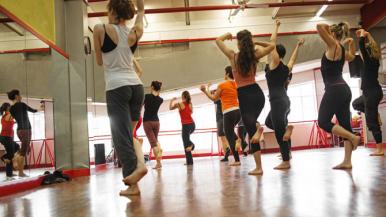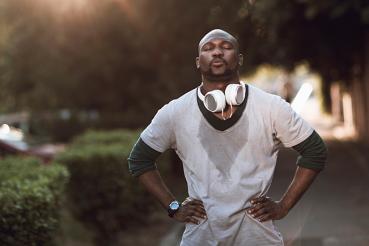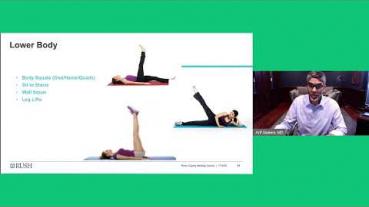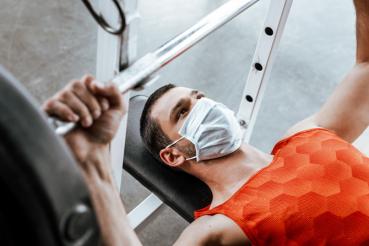What if someone told you that there was a medicine with nothing but good side effects. That you didn't have to go to the pharmacy to get it. And, best of all, it was free of charge — it would only cost some time from your day.
You might think that scientists had been working overtime somewhere on another wonder drug, but it's not anything new. It's good old-fashioned physical activity.
"I think it's time we shift our thinking and look at physical activity in a new way," says Sheila Dugan, MD, a physical medicine and rehabilitation specialist at Rush. "I think we should prescribe exercise in the same way we prescribe other medicines and treatments."
And the good news is that a number of studies have shown that you don't have to be a marathon runner to get the payoff. Even moderate exercise has profound health benefits.
Moderate intensity = powerful benefits
Moderate exercise is akin to walking briskly with a noticeable acceleration. One way to measure if you're in the moderate range is if you can speak in short, three- or four-word phrases. If you're having trouble speaking because it's interfering with your breathing, you're probably in a higher intensity range for yourself.
On the other hand, if you find it easy to hold a conversation speaking in full sentences, you're in a low intensity range and you'll probably want to pick up the pace.
"My suggestion for those who are new to exercise or haven't been exercising much is to start slowly," says Dugan. "You also may want to start out with 10-minute bouts of exercise until you're doing three sessions in one day. After this, you could do 30-minute bouts or, if it works better for your schedule, continue with the three 10-minute sessions."
Get a doctor's OK before starting
Check with your doctor before you start an exercise program, especially if it's been a long time since you last exercised, if you're taking medication or if you're having any physical or health problems.
Watch for these possible side effects of moderate physical activity — and enjoy:
- Feeling better
- Looking better
- Having more energy
- Having less stress
- Sleeping better
- Strengthening your bones and muscles
- Lowering your risk of chronic diseases, like heart disease and diabetes
- Lowering your risk for some cancers
- Lowering high blood pressure
"Exercise is not just something extra that we could do when we felt like it," says Dugan. "Our bodies need it. You could think of regular exercise as an anti-aging treatment in a way, because it can help prevent the diseases we now most associate with aging, like heart disease, cognitive decline and diabetes."
You could think of regular exercise as an anti-aging treatment in a way, because it can help prevent the diseases we now most associate with aging, like heart disease, cognitive decline and diabetes.
Set yourself up — for success
Make things simple and set goals that are achievable. You can slowly add to your physical activity as you achieve success with these smaller goals.
Also, don't forget to acknowledge all the different activities that help you meet your activity goals for the day, such as walking to the store rather than driving, playing with the kids, raking leaves, etc.
Some more ideas for squeezing exercise into the day:
- Take stairs instead of the elevator
- Add walking to your daily routine, e.g., take a walking break during the work day
- Park the car further away in the parking lot and walk across the lot to your destination
- Use exercise time as social time – catch up with friends and family on your daily walks
Always remember that your safety comes first. Make sure you walk in a well lit safe area. You can add to your security by walking with a buddy or a group.
Warm up, cool down and limber up
Always warm up. This can be as simple as walking for five minutes and then doing your exercise.
After you've warmed up your body, then you can stretch it. You want your muscles and connective tissue to be warmed up, so that you can lower your risk of injury.
Remember to slow down and cool down after exercise and stretch again. You may find that your muscles lengthen even more easily during your cool down.




